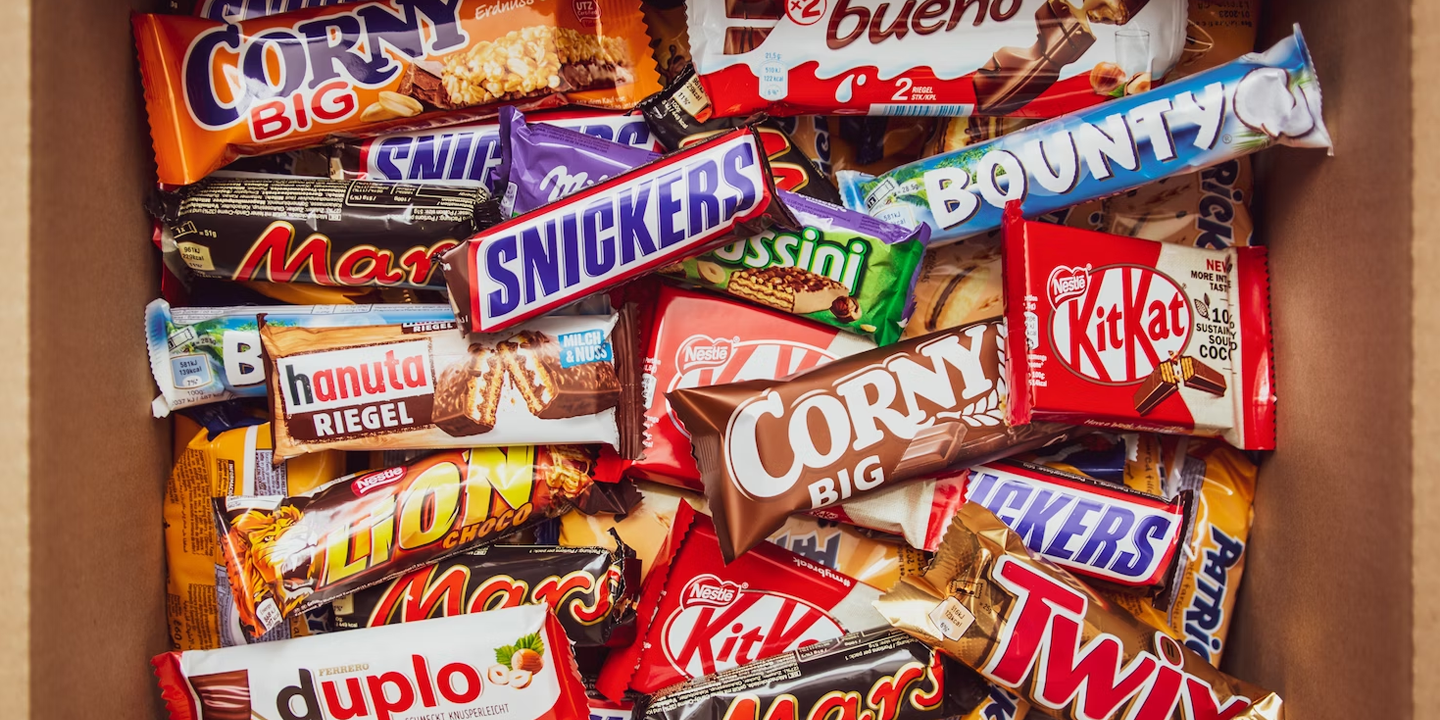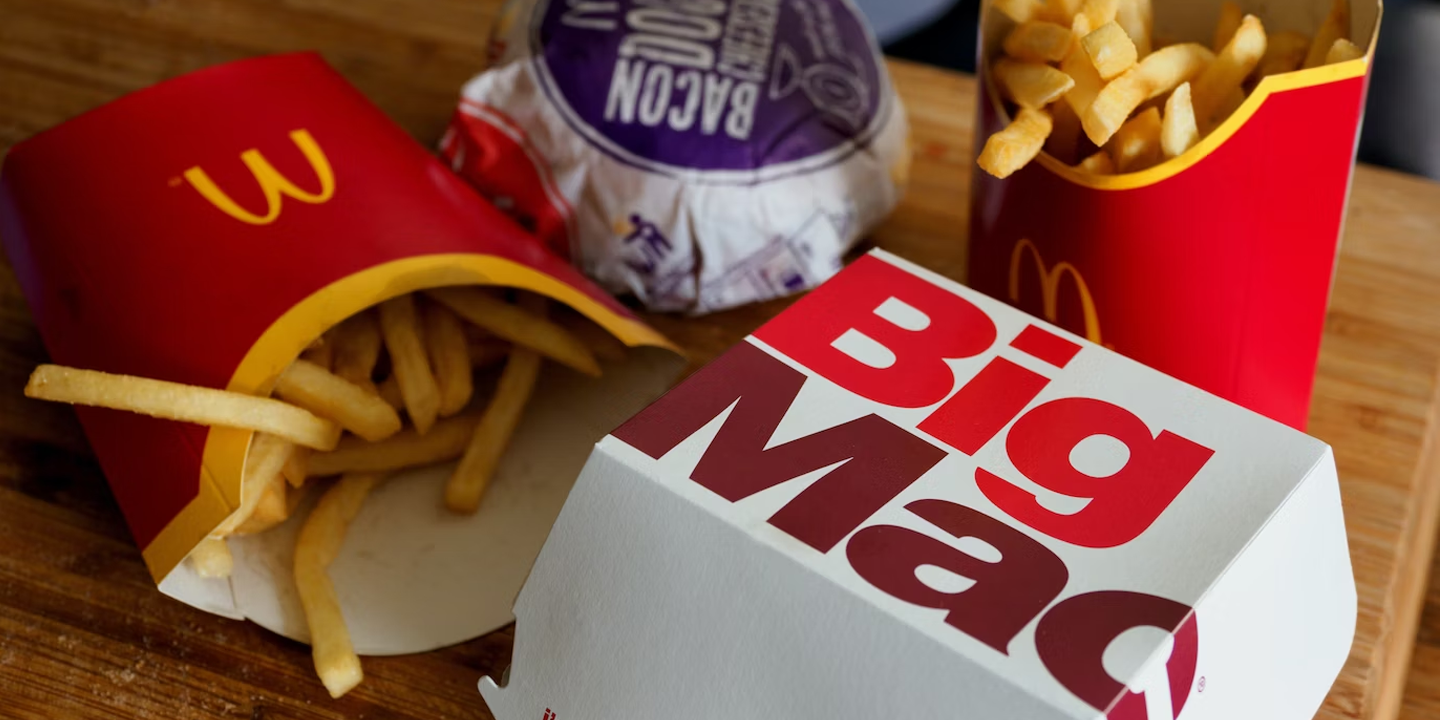The Strange Alchemy of Heat and Cold
Temperature changes everything about food. Not only does it alter the texture, but it also changes the very way flavor hits the tongue. A slice of tomato straight from the fridge is bland and watery. Leave that same tomato on the counter for half an hour, and it tastes like the essence of summer. Heat wakes some flavors up; cold buries others under a blanket of numbness. But some foods taste exactly the same whether they’re hot, cold, or somewhere in between. Here are ten foods that shift with the thermostat and ten that couldn’t care less.
1. Coffee
Hot coffee bites differently than cold brew. When steaming, it’s bitter, aromatic, and full of roasted undertones. If you allow it to cool, the bitterness softens into chocolatey and even fruity notes. Weirdly enough, the same bean tastes like a different species altogether depending on the temperature.
2. Cheese
Cold cheese is dense, the flavors muted. When it’s chilled, the fat in cheese congeals and the aroma gets masked. Warm it ever so slightly, and the flavors bloom. Give a wedge of Brie ten minutes on the counter and suddenly you understand why it’s the stereotypical cheese of sophisticated dinner parties.
 Nataliya Melnychuk on Unsplash
Nataliya Melnychuk on Unsplash
3. Chocolate
Cold chocolate snaps; warm chocolate melts and floods your mouth with liberated sweetness. The human tongue doesn’t fully perceive cocoa butter until it’s near body temperature. Do yourself a favor and let your next bar melt ever so slightly before you eat it.
4. Red Wine
A mistake many make is drinking red wine straight from the refrigerator. Cold mutes its fruity qualities, leaving behind only tannin and acid. If you allow it to warm up to room temperature, the wine opens up in all its layered glory.
5. Bread
Fresh bread is a miracle with its crackly crust and steam rising from the dough. Once it cools, it loses that caramelized component and its supple texture. The good news is you only have to reheat it to revive those sugars again.
6. Butter
This one is undeniable. When cold, butter is hard and unyielding, tasting mostly like salty fat. Once warmed, it’s soft and mellow, tasting more like cream. Spread cold butter on toast and it tears the bread; let it soften and it spreads like silk.
7. Tomato
Refrigeration kills tomatoes’ flavor. We do it because we’re afraid they’ll go bad, but the cold shuts down the enzymes responsible for flavor production, muting their natural tang and sweetness. Leave them out, and the warmth will coax out that garden freshness.
8. Olive Oil
Ever notice how olive oil thickens and dulls when chilled? That happens due to the natural waxes and polyphenols in the oil. Warm it, and the peppery bite returns. Drizzle it cold from the fridge, and it’s flat, but warmth makes it come alive again.
9. Pizza
Cold pizza has its own cult following, sure, but objectively, the flavor changes drastically. When hot, the cheese stretches, and the sauce perfumes the air. When cold, it’s chewy, salty, and oddly nostalgic.
10. Ice Cream
Melt it just a little, and you’ll notice the flavor intensify. Ice numbs the tongue, whereas the more liquid form amplifies it. A half-melted spoonful carries more vanilla, more cream. Too far, though, and it’s just soup. The trick is to catch it in that fleeting middle ground.
And now, here are ten foods whose flavors are not in the least bit moved by temperature.
1. Peanut Butter
Temperature doesn’t touch the essence of peanut butter. Cold or warm, it’s always nutty, slightly sweet, and clings to the roof of your mouth. A stay in the fridge might leave it a little firmer, but the taste is unflappable.
2. Honey
Honey has survived for millennia in Egyptian tombs, so it’s no surprise that temperature has little effect on the taste. Warm it and it flows; chill it and it stiffens. Regardless of what you do, the flavor stays floral and resolute. Maybe that’s why ancient cultures regarded it as a symbol of immortality.
3. Salt
It’s pure chemistry. Salt doesn’t transform into a new flavor on a skillet; it simply dissolves. Whether cold or hot, it possesses the same sharp profile. The temperature of salt doesn’t matter; it’s what it’s touching that transforms.
4. Vinegar
No matter if it’s served chilled, warm, or at room temperature, vinegar always announces itself in the same way. If you try heating balsamic, it just turns syrupy; the tang that stings at the back of the throat remains untouched.
5. Dried Fruit
It can harden or soften with temperature, sure, but the taste remains identical. Raisins, apricots, and dates are practically time capsules. Sugar, once crystallized, doesn’t bend easily to heat or cold.
 Hasmik Ghazaryan Olson on Unsplash
Hasmik Ghazaryan Olson on Unsplash
6. Nuts
Heat can toast them, yes, but once roasted, temperature struggles to alter their personality. A cold almond tastes like a warm almond and still carries that faintly sweet, earthy taste with an ever-so-slight bitterness at the end. One may be crunchier than the other, but the taste is all but identical.
7. Pickles
Chilled, they’re crisp. Warm, they’re floppy. In both states, the sharp combination of vinegar, dill, and garlic doesn’t budge. Whether arranged cold on a deli sandwich or fried on burgers, they keep their bite.
8. Sugar
It doesn’t matter if it comes in cubes or melted into syrup, sugar presents the same. The sensation might shift, but the sweet taste continues to dominate.
9. Soy Sauce
Hot or cold, soy sauce carries the same umami undertone. Sure, the aroma may intensify with the heat, but that salty, fermented taste remains doggedly the same. Whether you pour it on sushi or into a simmering pot, it’ll remain utterly itself, unbothered by temperature.
 frogses production on Unsplash
frogses production on Unsplash
10. Mustard
Whether spooned cold onto a sandwich or stirred warm into a sauce, mustard keeps its bite. It may be the slightest bit smoother warm, but the essential tang is immovable.
KEEP ON READING

The Most Popular Chocolate Bars in the USA

The Most Popular Candies in the USA























